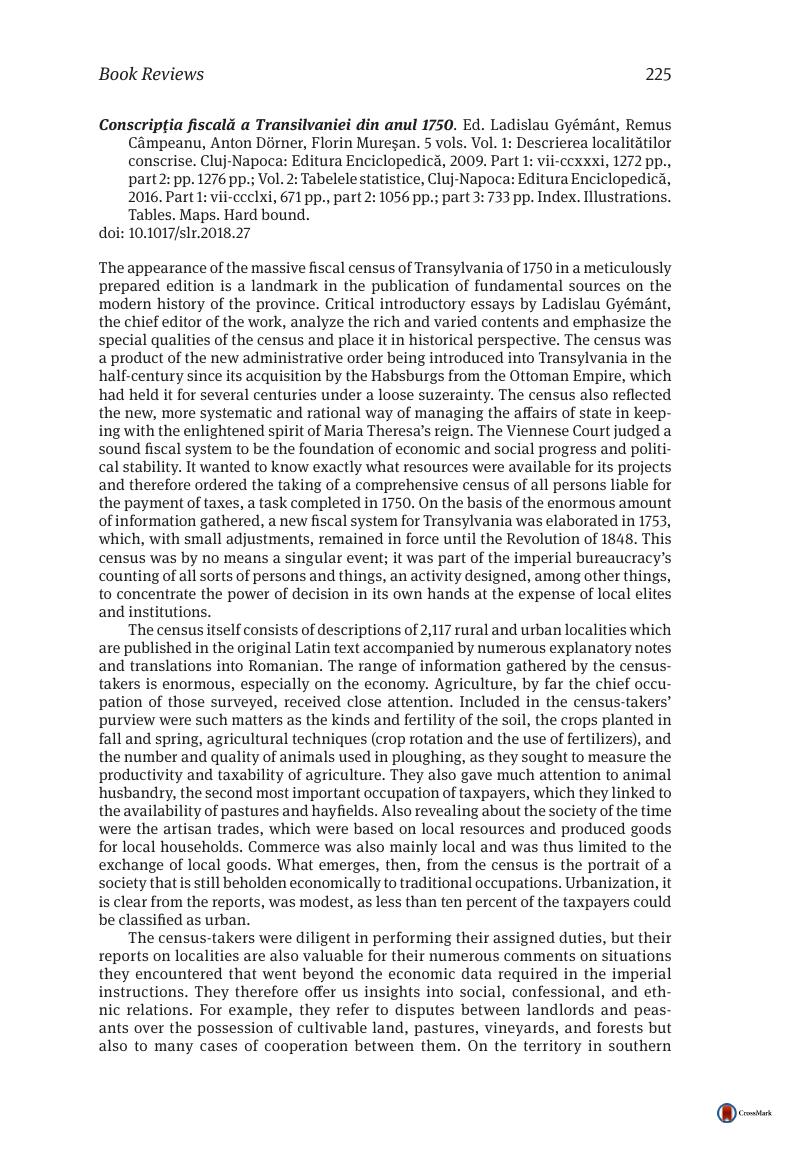Crossref Citations
This article has been cited by the following publications. This list is generated based on data provided by Crossref.
Rusu, Raularian
Dolean, Bogdan-Eugen
and
Moldovan, Ciprian
2020.
The Administrative Organisation of Present Cluj County between 1541 and 1848.
Studia Universitatis Babeș-Bolyai Geographia,
Vol. 64,
Issue. 2,
p.
61.


